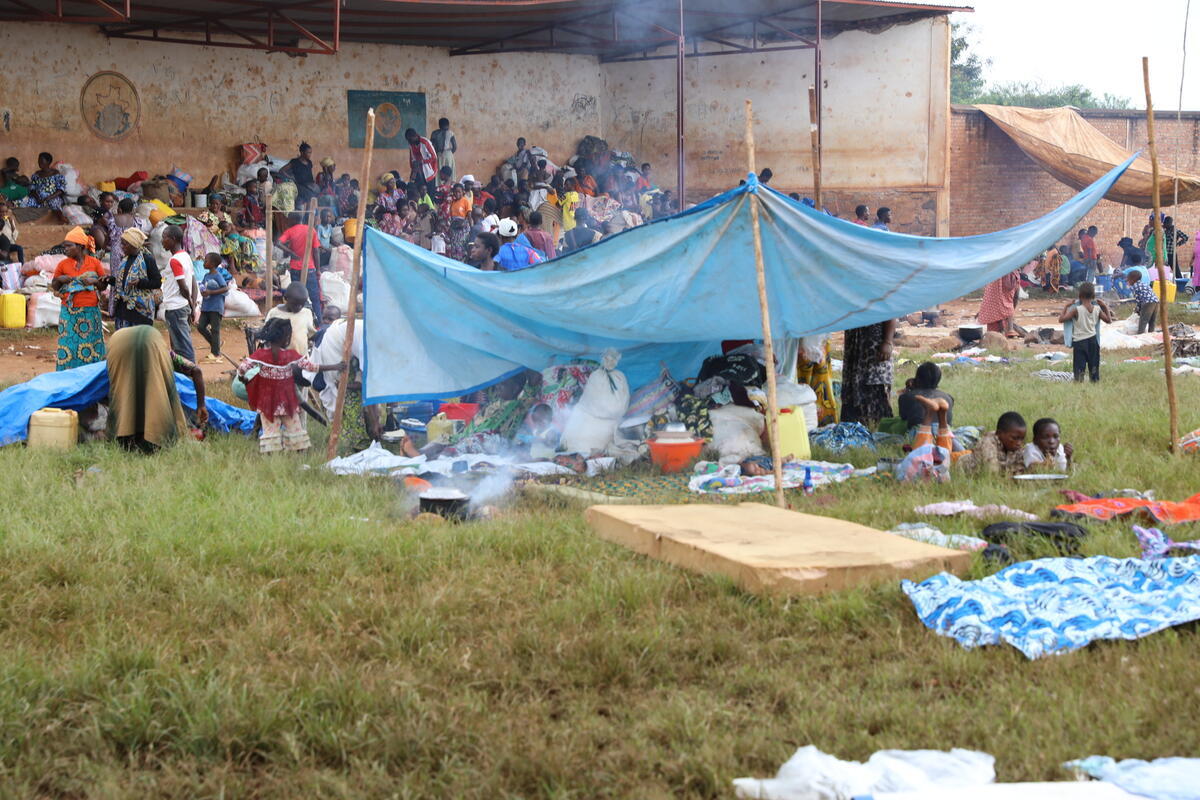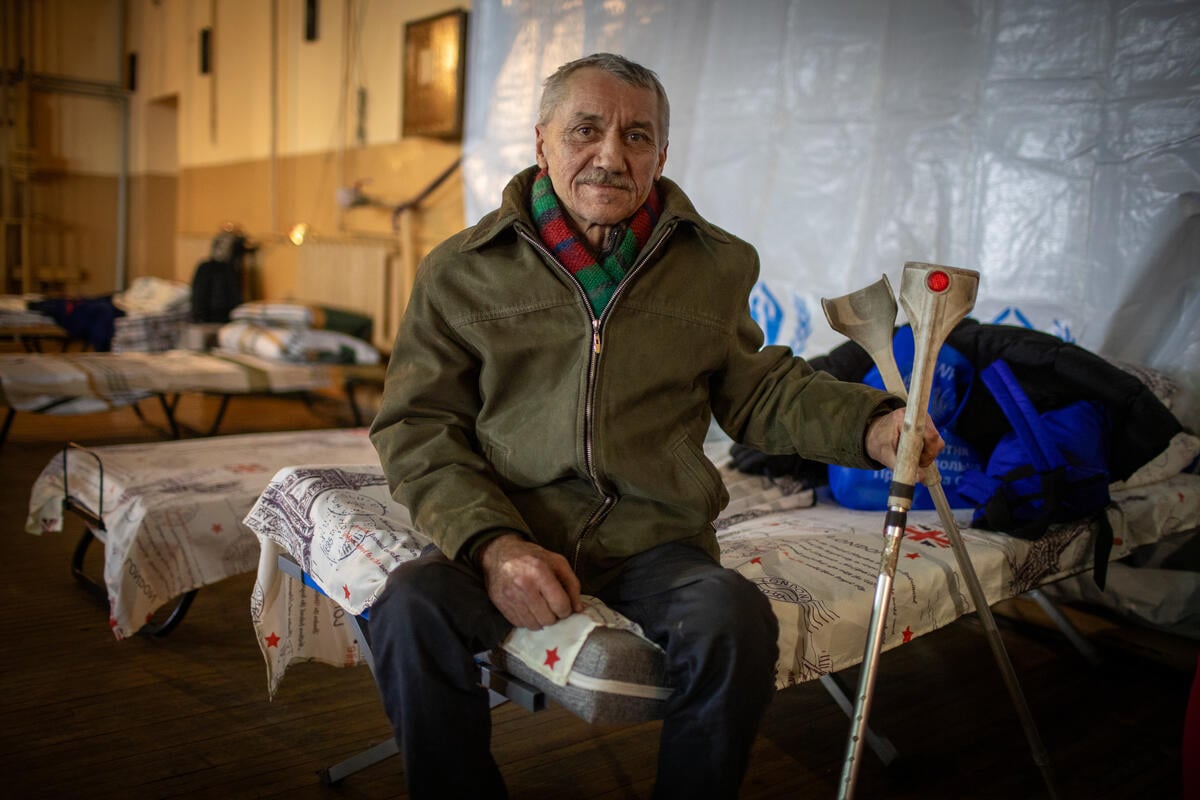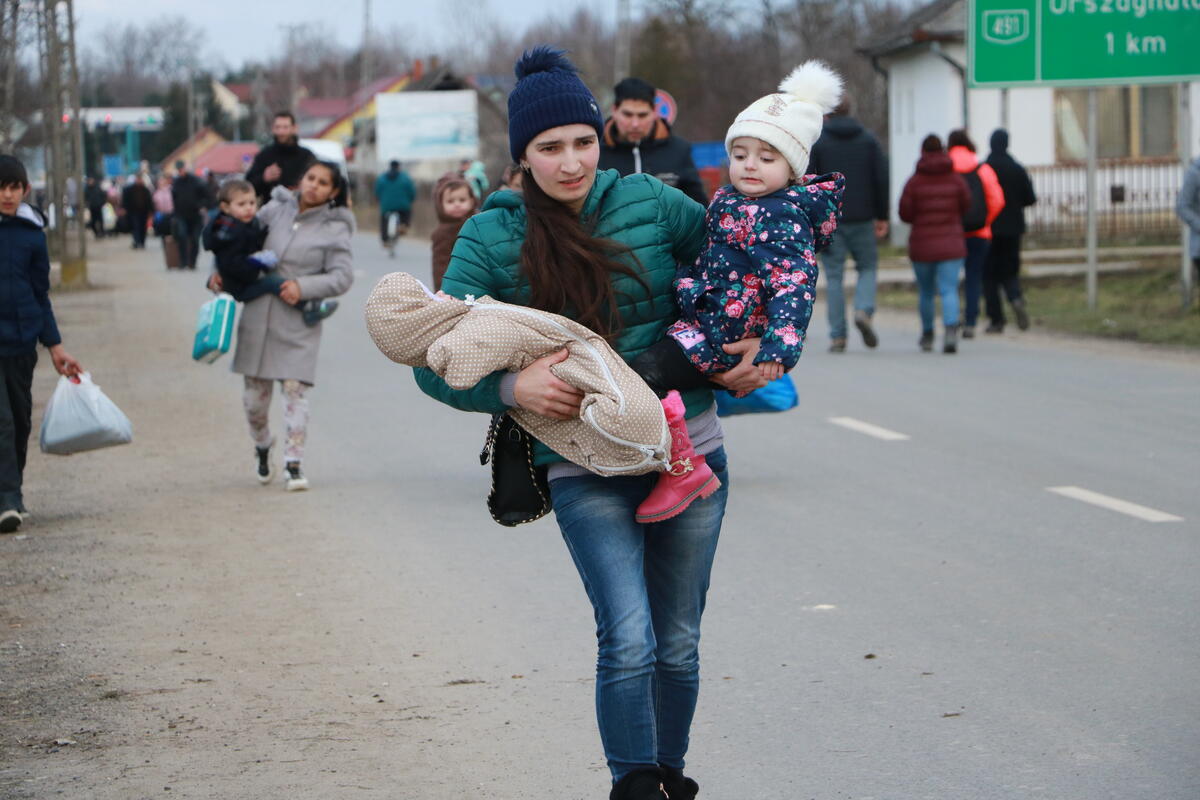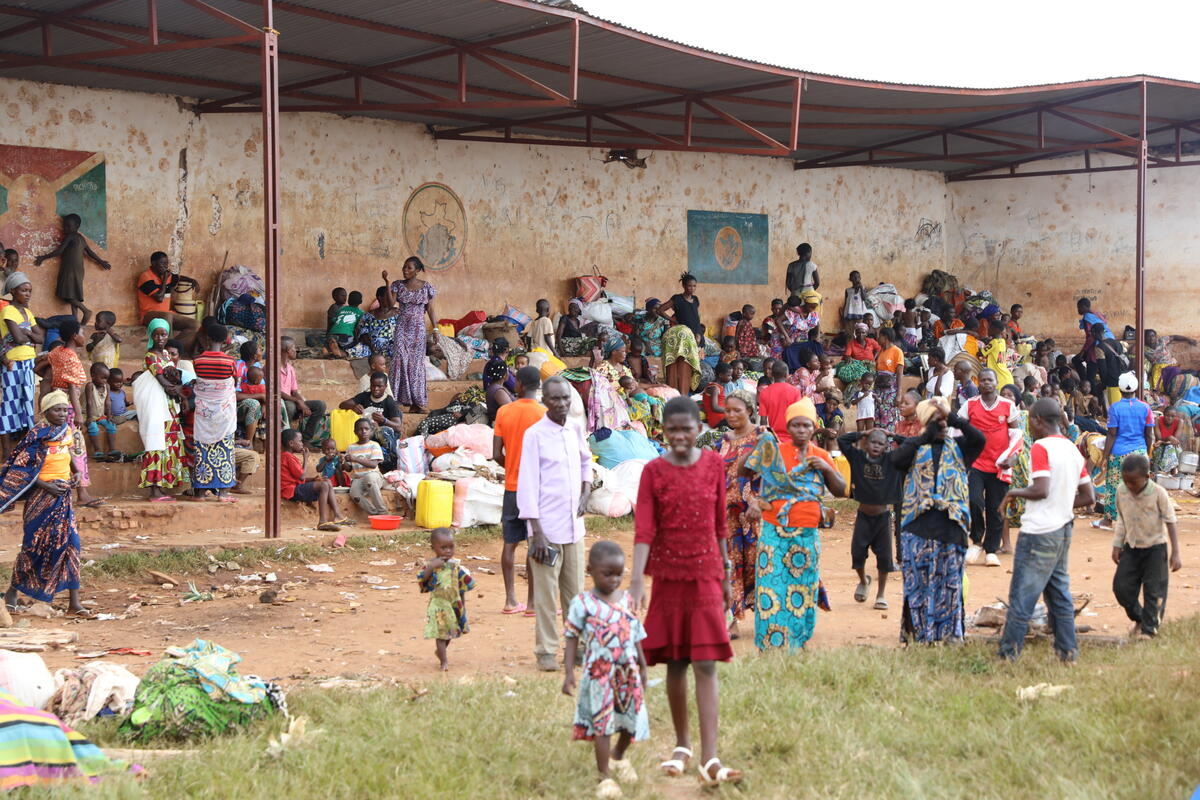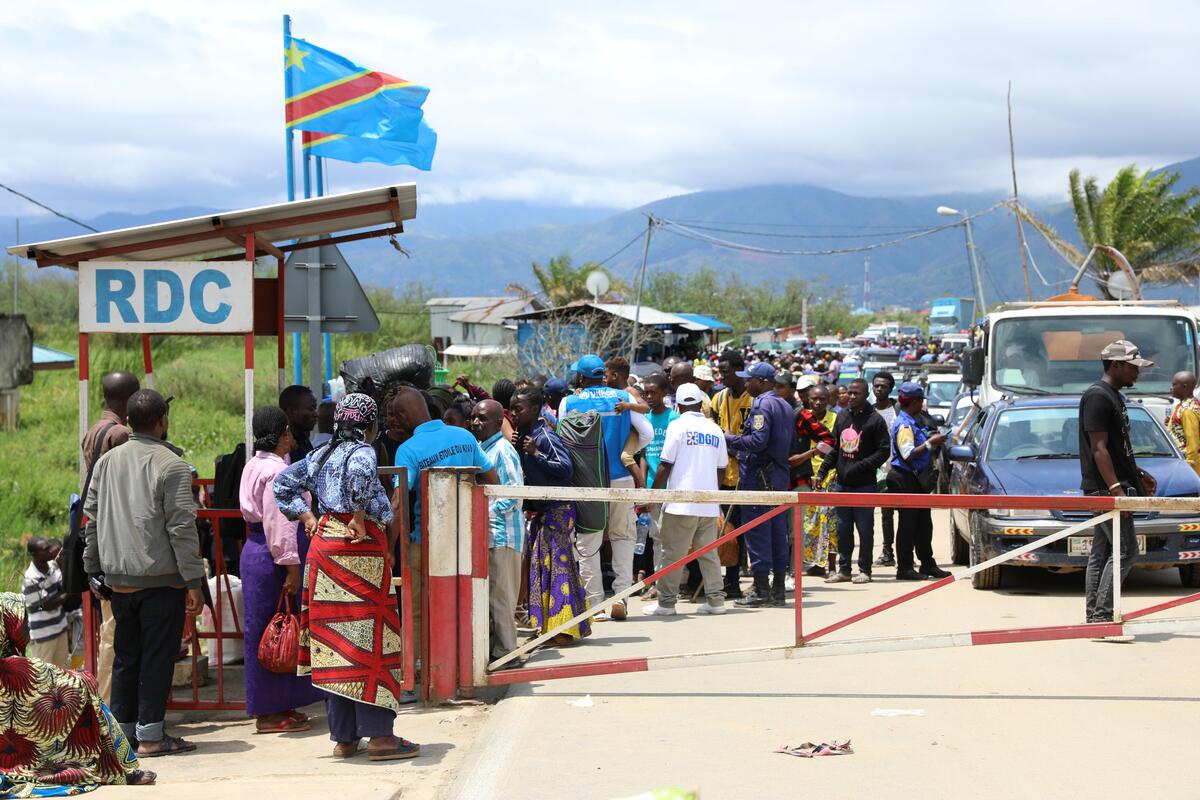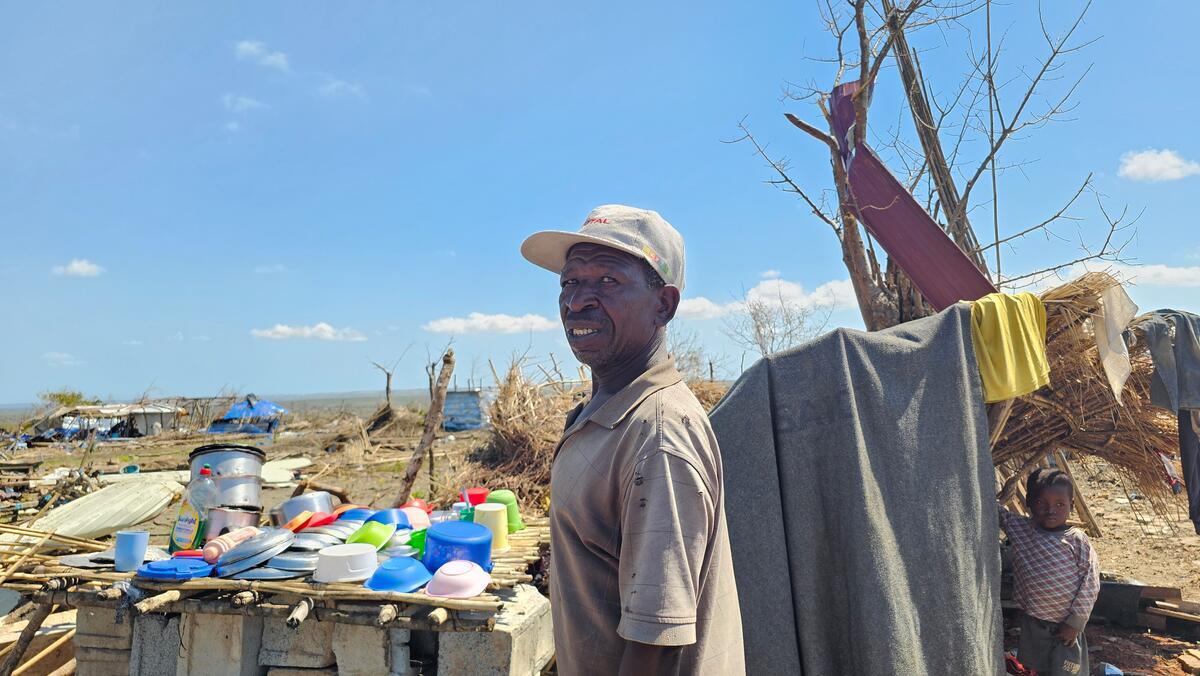Claims backlog strands growing numbers of asylum-seekers in southern Mexico
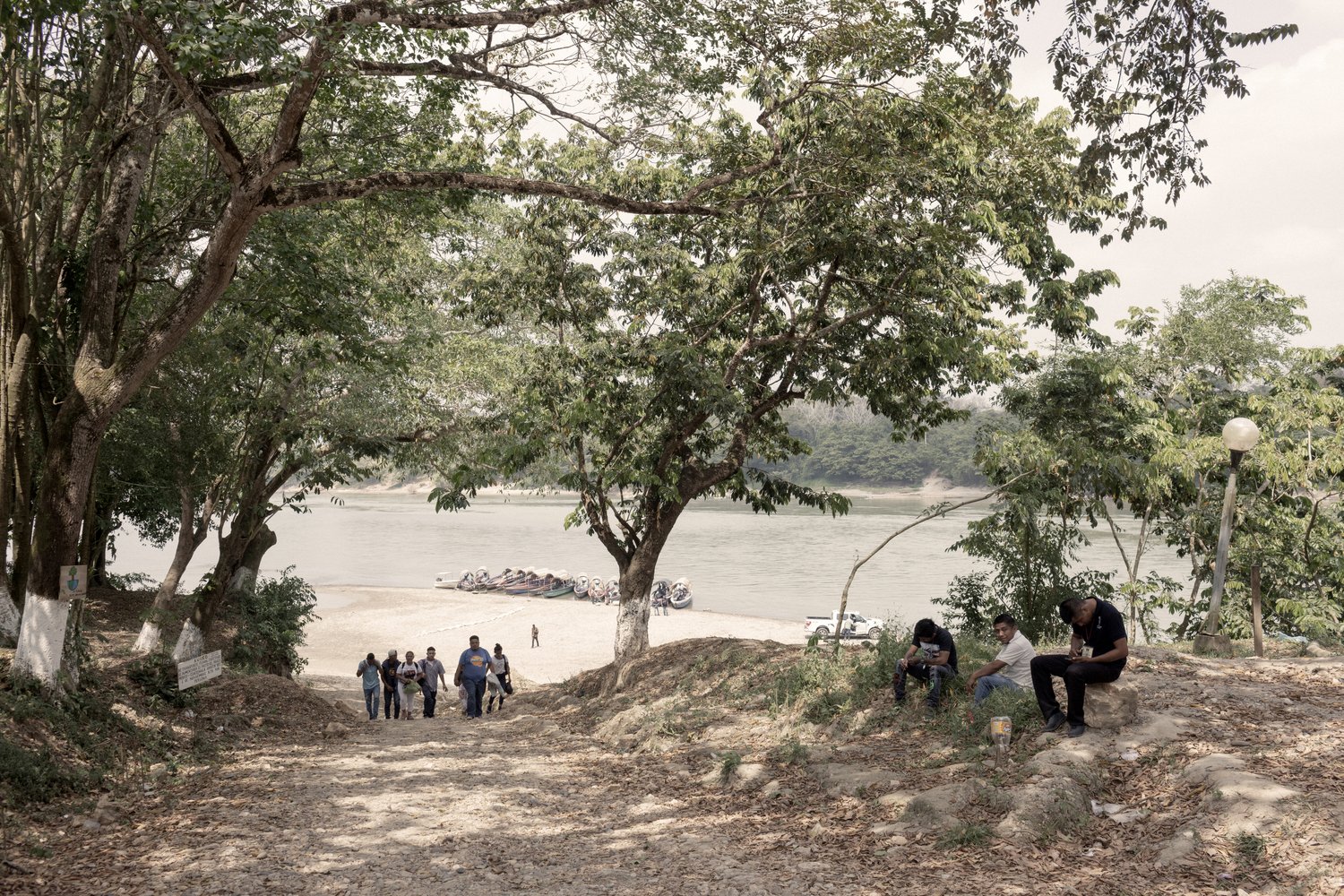
Claims backlog strands growing numbers of asylum-seekers in southern Mexico
Asylum-seekers and migrants enter Mexico from Guatemala after crossing the Usumacinta River at Frontera Corozal.
Some of the boats carry tourists returning from a tour of the Mayan ruins at Yaxchilán, but most are ferrying travellers of a different kind. They disembark in groups of a dozen or more, carrying backpacks and bottles of water, and occasionally small children. Some are accompanied by paid “guides” who hold mobile phones to their ears while hurrying their charges across the shore and up the bank to waiting taxis. Those who cannot afford guides set out walking along the sweltering road that winds its way through dense forests and mountains for the next 165 kilometres to the town of Palenque.
This riverbank in the small town of Frontera Corozal in Mexico’s southernmost state of Chiapas is a staging post for the growing number of asylum-seekers and migrants wending their way through South and Central America. While some view Mexico as just another way station on their journey northwards, an increasing number see it as their destination – a place where they can find safety and stability.
An asylum system under pressure

Carlos Gomez, a farmer from Honduras, fled to Mexico with his wife, Haiset Hernandez, and their children Carlos, 4, and Rosa, 2, after coming under pressure from drug traffickers who wanted to use his land.
Carlos Gómez and his wife Haiset Hernández came this way five months ago with their two young children after fleeing the remote area of La Mosquitia in the northeastern corner of Honduras where Carlos grew corn, beans, and watermelon to support his family. “It was a good living,” he said. “But where we grew our crops, we were threatened by [drug] traffickers. They wanted to use our land to grow their things, and to land their planes.”
When some of his neighbours refused, the traffickers punished them by murdering their children. Carlos and Haiset did not wait to find out if they would be next. They took a bus to Guatemala and then crossed into Mexico. They were out of money and walking along the road to Palenque when immigration agents picked them up.
After two days at an immigration detention centre, they were referred to the Mexican Commission for Refugee Assistance (COMAR), where they applied for asylum. They will soon learn the outcome of that process, but it has been a difficult wait in an area with very few job opportunities. For those arriving more recently, the wait is likely to be even harder.

Haiset Hernandez with her son and daughter in the room the family shares in Palenque's Pakal-Ná neighbourhood.
COMAR has gone from receiving less than 2,000 asylum claims a year a decade ago to receiving nearly 120,000 last year. The agency’s budget and staffing levels have struggled to keep pace, even with significant support from UNHCR, the UN Refugee Agency.
Asylum applications in Mexico
“We estimate that with the current budget and staffing levels, COMAR can process about 6,000 asylum applications a month whereas they’re receiving 12,000 applications,” said Josep Herreros, UNHCR Assistant Representative in Mexico. “Despite progress, it’s not enough. The asylum system is under overwhelming pressure.”
Long waits to register
Many of the new arrivals are Haitians like Favol Saint Claire, who had been living and working in Brazil for several years before the economy there took a downward turn. Unwilling to return to Haiti’s capital, Port-au-Prince, where violent gangs increasingly hold sway, Favol and his family traversed South and Central America for a month before reaching Mexico.

Favol Saint-Claire and his family take a mini-bus to the room they have rented in Palenque.
“We came through the jungle; we crossed mountains and rivers. We’d sleep in the evening and wake up early in the morning to carry on walking,” he said.
By the time they arrived in Palenque in late February, the COMAR office, which has a staff of just 14, was too swamped to register them. They, along with many others, were sent away with a date in July when they could return and register their asylum claim.
In the meantime, they must move out of the town’s only shelter in Palenque’s Pakal-Ná neighbourhood. Run by the local church with support from UNHCR, the J’Tatic Shelter has 120 beds and offers basic medical care and meals. With more asylum-seekers and migrants arriving in Palenque in need of shelter every day, most residents are only given three days to find their feet and move on. Families with children are allowed to stay a little longer.

Cousins Hector and Cristian Vargas, from Honduras, rest at the UNHCR-supported J’Tatic Shelter in Palenque’s Pakal-Ná neighbourhood.
“This is our last day [here],” said Favol as he finished his breakfast. “We’re going to look for an apartment. And if I can get a document, I’m going to try and get a job.”
Favol seems unsure whether he and his family will remain in Mexico or move on towards the United States where he has a brother and cousins, but he is adamant that they will not risk travelling without documents.
Lack of alternatives to asylum
Josep Herreros of UNHCR said part of the pressure on COMAR comes from the fact that Mexico lacks alternatives to asylum for people who want a legal status while they remain in the country or who have different needs. “The most accessible, legal path for migrants and refugees that arrive in Mexico is asylum,” he said.

Asylum-seekers in Palenque's Pakal-Ná neighborhood, near the J’Tatic Shelter, where the most vulnerable receive food and accommodation.
He added that many migrants and other people on the move are only eligible for a humanitarian visitor’s card – a permit that provides a temporary status in Mexico based on humanitarian grounds – after they apply for asylum. This, together with the lack of alternatives for legally remaining in the country, can create an incentive for people to enter the asylum system, even when they have no intention of remaining in Mexico.
“There needs to be an alternative for people who don’t need protection as refugees” he said.
Asylum-seekers are required to remain in the state where they registered until their claim has been processed. If they attempt to move on, they risk being detained and even deported by immigration authorities. But Chiapas, where the vast majority of asylum-seekers register their claims, is the poorest state in Mexico. While asylum claimants have the right to work, formal jobs are scarce here, and most find only occasional work in the informal sector.

Yiré Maradiaga and her 3-year-old son, Jose, sit in a square in the centre of Palenque. She and many other asylum-seekers sleep here at night or in the streets nearby.
Carlos said he found only a few days work at a convenience store and would have struggled to cover the costs of food and renting a room in Pakal-Ná without the cash assistance he started receiving from UNHCR in November.
But such humanitarian assistance is only available to the most vulnerable, and only to those who have been able to start and continue with the asylum process while remaining in the state.
Eager to move on
Katherin*, 23, is hoping that she will qualify. She arrived in Palenque two months ago after fleeing death threats in Honduras. Her sexual orientation had made her a target for discrimination at the club in Tegucigalpa, the capital, where she worked as a cleaner. But things took a turn for the worse when she was approached by gang members who wanted her to sell drugs. When she refused, they beat her up and sexually assaulted her. Katherin borrowed money from a friend and headed for the border, crossing through Guatemala, and then using the last of her money to take a taxi from Frontera Corozal to Palenque.
“Thank God Mexico has opened its doors to me,” she said.

Asylum seekers wait to be assisted at the UNHCR office in Palenque.
But now she has no idea how to support herself while she awaits the outcome of her asylum process, and she remains so traumatized by her ordeal back home that she rarely goes outside. She has been staying with some fellow Hondurans she met in the park on the night she arrived but will soon need to find her own place. “I’ve looked for work, but they don’t trust me as an immigrant,” she said while waiting to speak to a staff member at UNHCR’s office in Palenque. “My mother rejected me so I have no family support. That’s why I’m here today, to register [with UNHCR].”
Carlos is eager to move on from Palenque as soon as he and his family are recognized as refugees. He has heard about a UNHCR programme which helps refugees relocate from southern border areas like Palenque, to cities in central and northern Mexico where jobs are more plentiful, and the chances of giving his children a normal, dignified life are higher.

Carlos and his son at UNHCR's office in Palenque.
“We don’t know where yet, but when we get those documents, we want to move to a different city,” he said.
Katherin dreams of moving to Mexico City and becoming a teacher. “I’m guessing there are more job opportunities there, and that people will be more open,” she said.
“I’d like to teach people how to love each other, that sexuality, race and religion don’t matter. We’re all the same.”
*Name changed for protection reasons.


